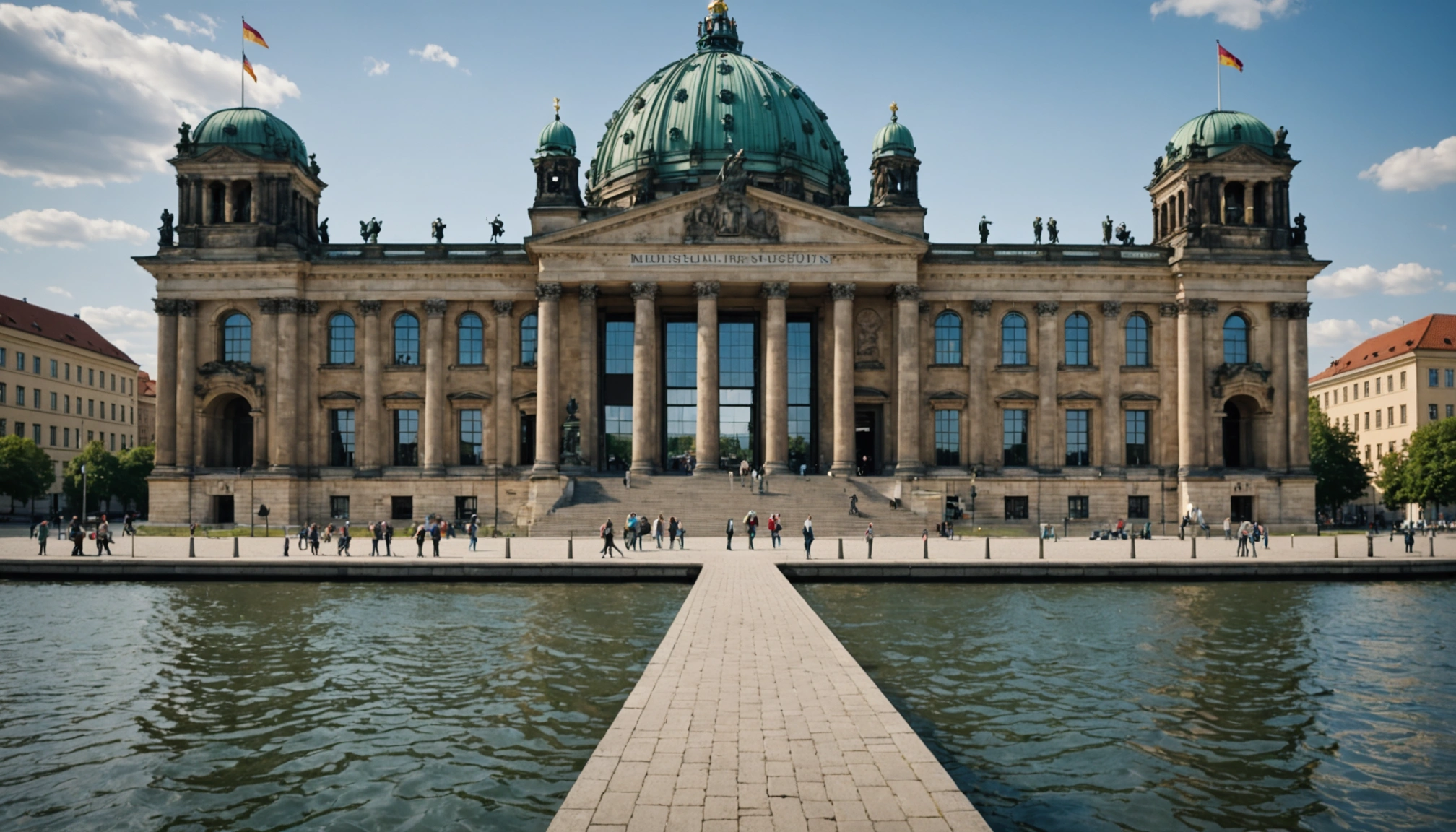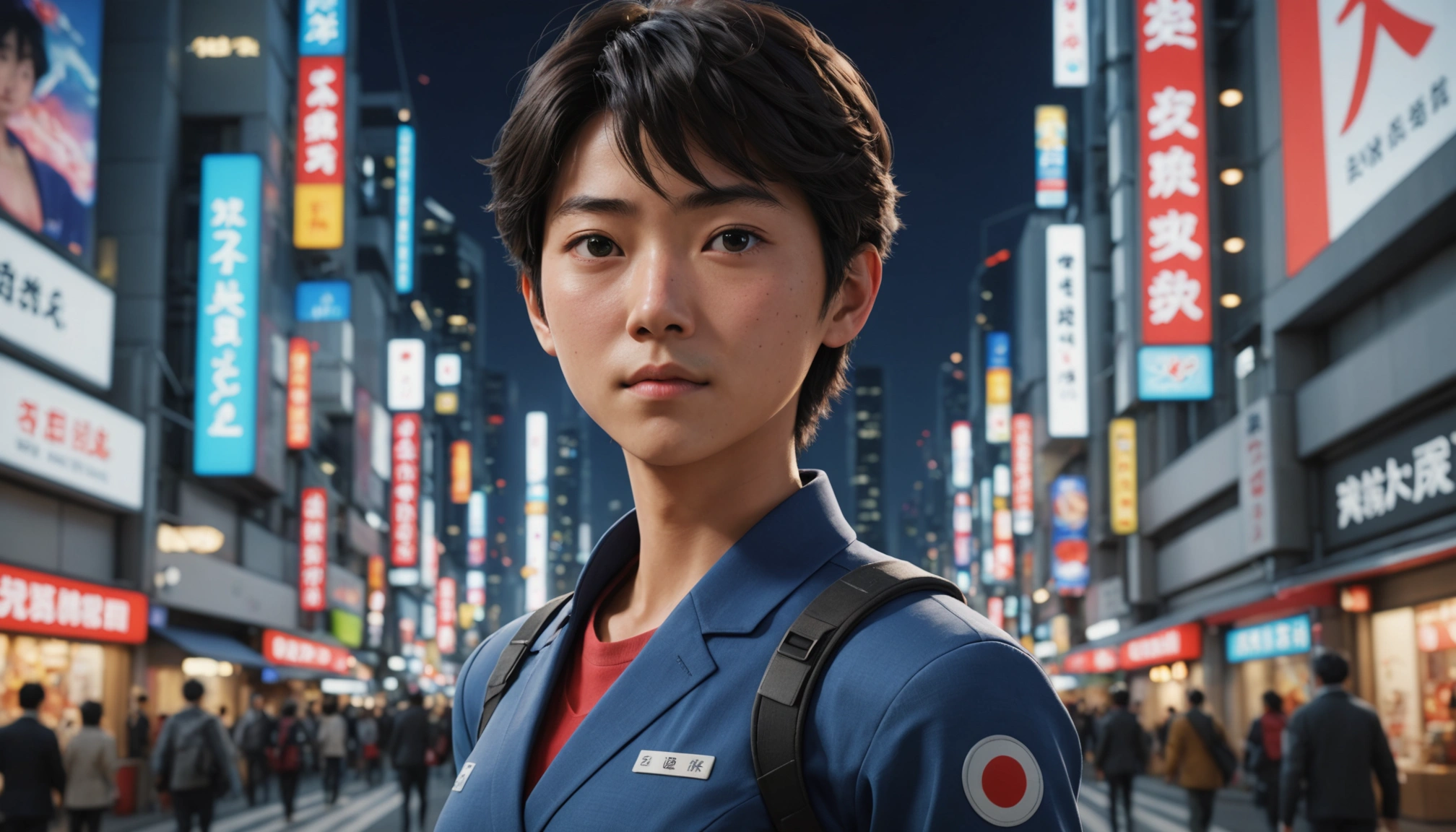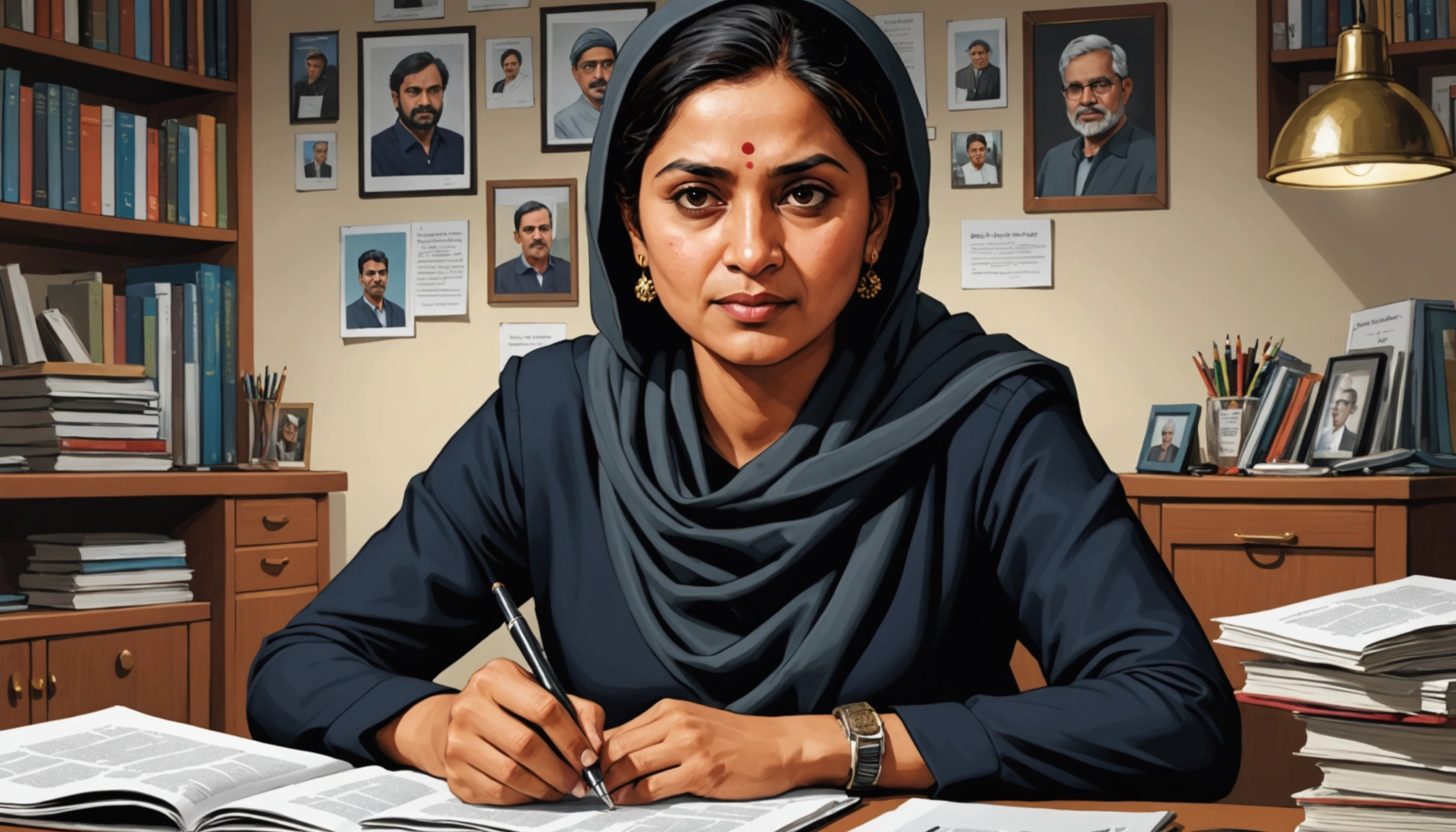Berlin's Museum Island: A Chronicle of Tumult and Triumph

Berlin's Museum Island, a UNESCO World Heritage site nestled in the heart of the city, stands as a powerful testament to Berlin's, and indeed Germany's, turbulent history. More than just a collection of world-renowned museums, the island is a living, breathing artifact, reflecting the shifting political, social, and cultural landscapes that have shaped Berlin over centuries. From its 19th-century royal origins to its near destruction during World War II and its subsequent rebirth, Museum Island encapsulates the resilience and enduring spirit of a city constantly grappling with its past while striving for a vibrant future.
Royal Beginnings and Imperial Ambitions
The story of Museum Island begins in the early 19th century when Prussia's royal family envisioned transforming the northern part of Spree Island into a dedicated space for art and knowledge. This ambition aligned with the growing Enlightenment ideals of making culture accessible to the public. The Altes Museum, designed by Karl Friedrich Schinkel, was the first to be built, opening its doors in 1830 and setting the stage for the development of the other iconic museums. Over the next century, the Neues Museum, the Alte Nationalgalerie, the Bode Museum, and the Pergamon Museum were added, each contributing to the island's growing reputation as a world-class cultural center. These institutions were not merely repositories of art; they were symbols of Prussian power and prestige, intended to showcase the empire's cultural achievements and its place among the great European powers.
The Scars of War and Division
The 20th century brought unprecedented devastation to Berlin, and Museum Island was not spared. World War II left the island in ruins, with buildings heavily damaged by bombing raids. The collections, though largely evacuated, suffered losses, and the very future of the museums was uncertain. The subsequent division of Berlin further complicated matters. Museum Island found itself in East Berlin, under the control of the German Democratic Republic (GDR). While the GDR government undertook some restoration efforts, resources were limited, and the island's full potential remained unrealized. The political divide also meant that the museums were cut off from the Western art world, hindering their ability to acquire new works and participate in international collaborations. The island, once a symbol of unity through culture, became another casualty of the Cold War.
Reunification and Renewal
The fall of the Berlin Wall in 1989 marked a turning point for Museum Island. With the reunification of Germany, a massive restoration and modernization project was launched to restore the museums to their former glory and to integrate them into a unified cultural landscape. This ambitious undertaking, guided by a comprehensive master plan, involved not only repairing the war damage but also updating the museums' infrastructure, improving visitor amenities, and reconnecting the collections. A key element of the master plan was the construction of the James Simon Gallery, a central visitor center designed to link the museums and provide a seamless experience for visitors. The Humboldt Forum, a reconstruction of the former Berlin Palace located adjacent to Museum Island, further expands the cultural offerings in the area, although its construction has been met with some controversy.
Controversy and Colonial Pasts
While the reunification era has brought significant investment and revitalization to Museum Island, it has also sparked critical conversations about the provenance of the museums' collections, particularly those acquired during the German colonial period. The Ethnological Museum of Berlin, whose holdings are now part of the Humboldt Forum, has faced scrutiny over its ownership of looted art and artifacts obtained from former German colonies in Africa and Asia. Calls for restitution and repatriation have grown louder, prompting museums to re-evaluate their collecting practices and to engage in dialogue with communities of origin. The debate surrounding the Benin Bronzes, for example, has highlighted the ethical complexities of displaying cultural objects acquired through colonial violence and exploitation. These discussions are forcing Museum Island to confront its own history and to grapple with the legacies of colonialism in the 21st century.
A Living Legacy
Today, Museum Island stands as one of Berlin's most popular tourist destinations, attracting millions of visitors each year. The Altes Museum showcases classical antiquities, the Neues Museum houses the iconic bust of Nefertiti, the Alte Nationalgalerie displays 19th-century art, the Bode Museum features sculptures and Byzantine art, and the Pergamon Museum is renowned for its monumental architectural reconstructions, including the Pergamon Altar and the Ishtar Gate of Babylon. Beyond their individual collections, the museums collectively tell a story of human creativity, innovation, and cultural exchange across millennia. Museum Island is not a static monument but a dynamic space where history, art, and contemporary issues intersect. It serves as a reminder of Berlin's complex past, its vibrant present, and its ongoing commitment to preserving and sharing its cultural heritage with the world. As Berlin continues to evolve, Museum Island will undoubtedly remain a central landmark, reflecting the city's enduring spirit and its dedication to engaging with its history in a meaningful and responsible way.
Sources
Related Articles

Japan's Animation Industry Embraces AI to Combat Labor Shortages and Boost Creativity

